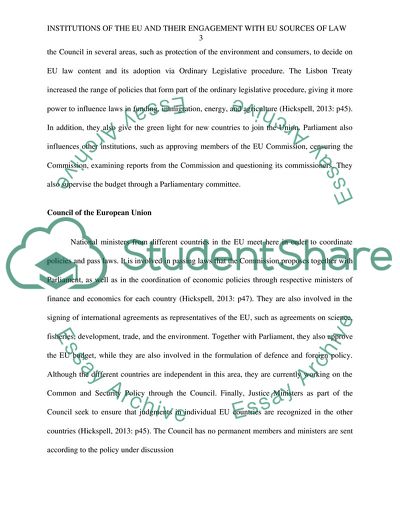Cite this document
(EU Institutions and their Engagement with EU Sources of Law Coursework - 1, n.d.)
EU Institutions and their Engagement with EU Sources of Law Coursework - 1. https://studentshare.org/law/1816835-what-are-the-principal-institutions-of-the-european-union-to-what-extent-do-these-institutions-engage-with-the-sources-of-eu-law
EU Institutions and their Engagement with EU Sources of Law Coursework - 1. https://studentshare.org/law/1816835-what-are-the-principal-institutions-of-the-european-union-to-what-extent-do-these-institutions-engage-with-the-sources-of-eu-law
(EU Institutions and Their Engagement With EU Sources of Law Coursework - 1)
EU Institutions and Their Engagement With EU Sources of Law Coursework - 1. https://studentshare.org/law/1816835-what-are-the-principal-institutions-of-the-european-union-to-what-extent-do-these-institutions-engage-with-the-sources-of-eu-law.
EU Institutions and Their Engagement With EU Sources of Law Coursework - 1. https://studentshare.org/law/1816835-what-are-the-principal-institutions-of-the-european-union-to-what-extent-do-these-institutions-engage-with-the-sources-of-eu-law.
“EU Institutions and Their Engagement With EU Sources of Law Coursework - 1”. https://studentshare.org/law/1816835-what-are-the-principal-institutions-of-the-european-union-to-what-extent-do-these-institutions-engage-with-the-sources-of-eu-law.


